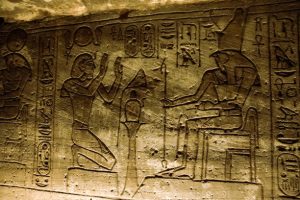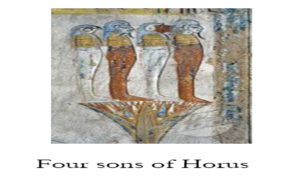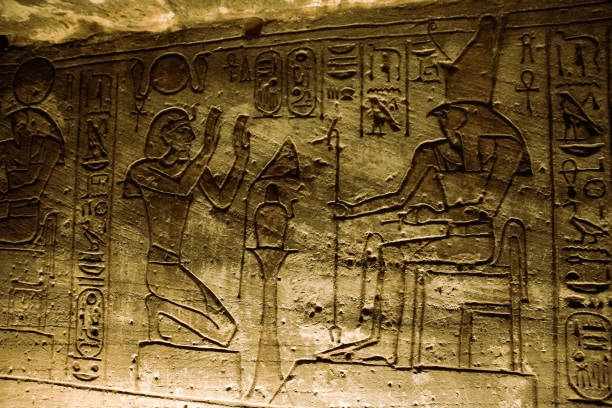Tales of Gods, Pharaohs, and Eternal Mysteries

The Myth
The myth of Isis and Osiris recounts a tale of divine siblings who came down to Earth to populate the world. These deities were Isis, Osiris, Set, and Nephthys. According to the myth, the god Atum decreed that Osiris would rule over the Earth. However, Set, consumed by jealousy, plotted against his brother. Set devised a treacherous plan. He organized a great feast and had a special coffin made. He claimed that the coffin was a gift for the one who fit perfectly inside. When Osiris lay down in the coffin, Set slammed it shut, trapping Osiris inside. He then dismembered Osiris’ body and scattered the pieces across Egypt. Isis, Osiris’ devoted wife, along with her sister Nephthys, embarked on a quest to recover her husband’s remains. They managed to find most of the pieces, including the head in Abydos and the spine on the island of Philae. Unfortunately, Osiris’ phallus had been swallowed by a fish. Through her divine powers, Isis was able to restore this missing part. With all the pieces reassembled, Isis was able to resurrect Osiris, who then impregnated her. She gave birth to Horus, the rightful heir to the throne. However, Set, who had taken Osiris’ throne, also impregnated Nephthys, resulting in the birth of Anubis, a jackal-headed god associated with mummification. Isis raised Horus in secret to protect him from Set. When Horus came of age, he challenged Set for the throne. Their battle raged for 80 years. During one of their confrontations, Set gouged out Horus’ left eye. The god Thoth healed Horus’ eye, which became known as the Wedjat eye, a symbol of protection and wholeness. Many depictions of this epic battle can be found in ancient Egyptian temples, particularly at Abydos. In these representations, Set is often depicted as a hippopotamus, symbolizing chaos and evil. The final scene typically shows Horus triumphing over Set, striking him down with his spear. This victory represents the eternal triumph of good over evil

The Importance of the Sun to Ancient Egyptians
The sun was considered the most important source of life for the ancient Egyptians. Its daily rising and setting represented life and renewal. The Egyptians believed that dawn symbolized the beginning of life, while dusk signified rest, only for life to be reborn again. The ancient Egyptians depicted the sun in different forms throughout the day. In the morning, they often portrayed it as a scarab beetle . They observed that the scarab beetle emerged each morning with its offspring, as its eggs are incredibly small and invisible to the naked eye. The Egyptians believed that the scarab beetle created itself, much like the sun seemed to regenerate each day. During the day, they pictured the sun as a healthy man or a complete solar disk, and they named it Ra. In the evening, they envisioned it as an elderly man at the end of his life, and called it Atum, meaning ‘the complete one’





